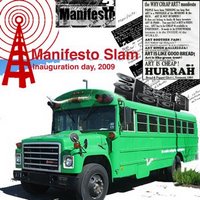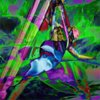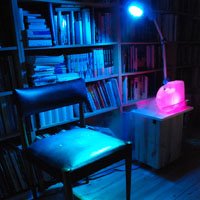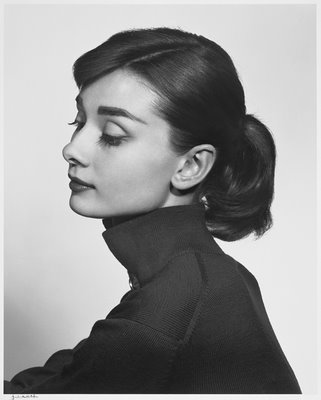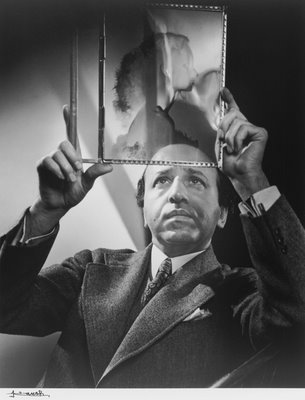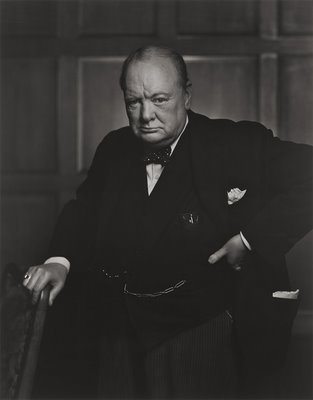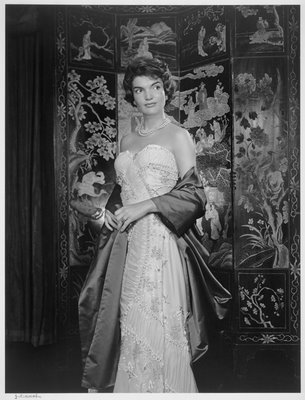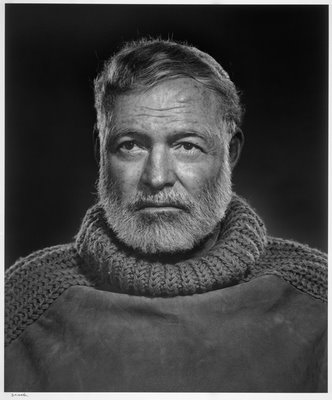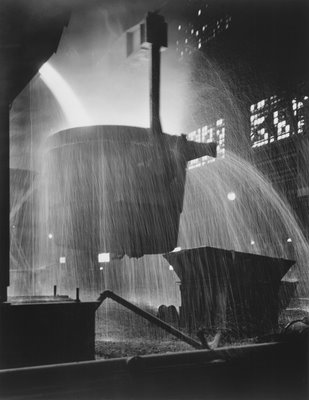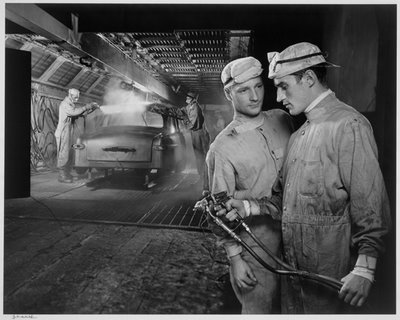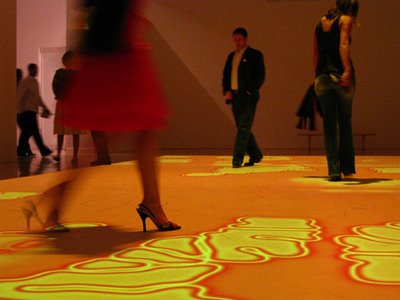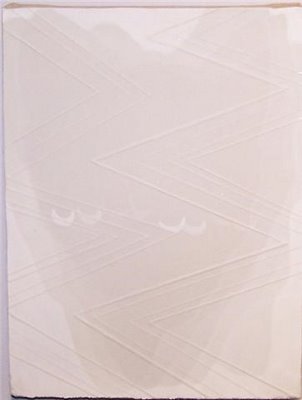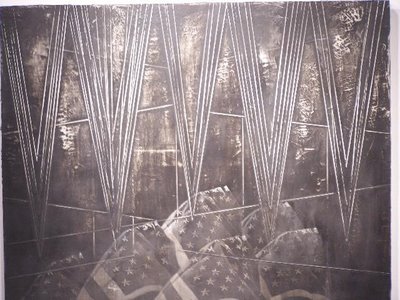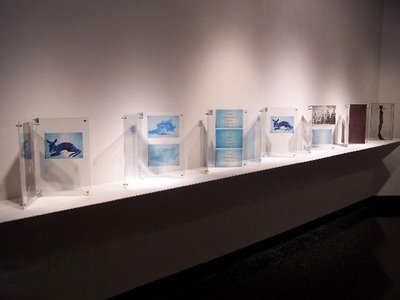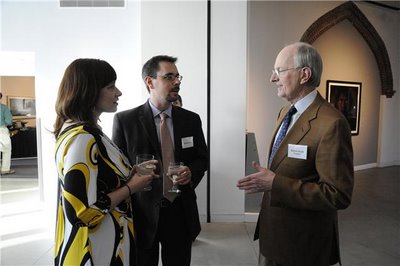
I interviewed Dennis Kois (pictured at center above) on June 9, 2008, about a week after he began work as the new director of the DeCordova Museum and Sculpture Park. What he said then remains relevant because he talked about some of the significant new directions he had in mind for the Lincoln institution, changes that have
since become apparent – particularly his plan for it to “assume a position of national leadership in the exhibition of contemporary sculpture, both indoors and out, within a decade,” but also shifting the museum’s trademark Annual Exhibition to a biennial format.
The 38-year-old Milwaukee native’s resume includes stints as an exhibition, print and web designer at New York’s Metropolitan Museum of Art and the Smithsonian. He arrived after a year and a half as executive director of the Grace Museum, a combo art, history and children’s museum in Abilene, Texas.
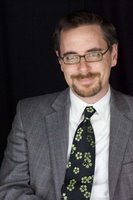 What are your big plans?
What are your big plans?DeCordova’s got some incredible strengths, obviously, that I think need to be maximized and leveraged in some different ways from what it’s been doing. Particularly the sculpture park is a resource that nobody in the immediate region has something quite like it. The MFA is fabulous, and the Foster addition is going to be fabulous, but they’re never going to have a sculpture park. That’s a resource that needs to be built upon in a lot of ways. Programmatically we need to build more of our identity around sculpture and the sculpture park.
My opinion at the moment is that sculpture centers, sculpture parks in the U.S., there’s a lot of them that do really strong things. If you look at Storm King [Art Center in New York State], if you look at the Nasher [Sculpture Center in Dallas], some of the better sculpture parks, they do, some of them, incredibly eclectic and well-curated shows and displays, some of them do really strong programming, a few of them publish. But I don’t actually feel like there’s any place that has pulled it all together into a package, where you could really point to one place and say that is the strongest institution nationally for sculpture. And I think in some ways it’s one of the few areas in the museum world left where a museum still could conceivably take a leadership position.
We’re not going to become the Walker [Art Center in Minneapolis], we’re not going to become a lot of different things. Really that option doesn’t exist as far as art goes. But I think actually in sculpture there is a way and an opportunity there for a museum to really step forward and do the whole thing – the best art, the best project-based work. This is all talking off the top of my head. So none of this is a done deal. You could do residencies. You could do a publishing partnership. You could do symposia on sculpture. You could tie together what’s in the park with what you’re doing inside the building for sculpture. You could do a sculpture triennial or quadrennial, where you actually reinstall the entire park with project-based site specific work. There’s a wide range of options and we’re still working on identifying what the right course would be, but it’s something that really could make a huge difference to our program and to the region as far as what we could offer and what Boston has access to with sculpture. There aren’t many museums that have that kind of opportunity to avail themselves of.
That said sculpture is hugely expensive, outdoor sculpture in particular, hugely expensive, hugely time consuming and labor intensive to do. So it’s going to require a leveraging of our fund-raising, a leveraging and growth of our capabilities and our staff on every level. We’d have to grow in many ways to be able to build on that. So we’ve got a long ways to go before we’re in a position to move on it, but I think it’s a direction we’re certainly looking strongly at as something we want to take advantage of.
How would you start?If you don’t have the strongest work you’re nowhere. I think we’ve got some strong individual pieces in the sculpture park, but it certainly doesn’t hang together as an installation very well. It’s probably over full of art at the moment. There’s some fabulous pieces in there, but they’re cheek by jowl with other pieces that maybe are strong but not quite to the level that I hope we’ll be able to do. So I think initially we need to start winnowing out some pieces, moving some things around, get some strong work in, get some project- or site-specific work in, and start to build a reputation and built an environment that can support excellence. Right now it’s not there.
We’re strong, but we need to be a lot stronger to go that far. We don’t have any credibility right now with sculpture in the sense of the level that we’re necessarily displaying all the time. I think it’s not consistent enough. I’d like to see us grow and build that credibility. We’re known as a wonderful setting, a wonderful venue, we’re known for having some strong pieces, but the program overall is not as even and as strong as it should be.
The whole question of what we’re doing inside the building is another issue. Everything I’ve heard apocryphally, I haven’t really seen any data yet to this effect, but to me it makes perfect sense, that probably the vast majority of people who are coming are coming for the environment and for the sculpture and for the park. It’s a gorgeous, gorgeous setting. It’s in a beautiful facility. What’s happening inside the building to some degree is sort of playing a second fiddle to that. Some people may come into the building or they may not. Some people, I’ve heard apocryphally, come to the sculpture park several times before they actually ever realize there’s exhibitions inside. It might be the world’s largest restroom facility for all they know. It’s a little unclear to people.
The program inside, to me there’s two primary questions. One is what is the focus of it, what is the focus of our special exhibitions program and our collecting? And then what is the relationship of it to our core mission? And how that affects what we’re doing with sculpture and with collecting and with supporting regional and local arts.
What is your answer to those questions?If I knew that now, we’d have all this solved. So I don’t know all the answers to those questions yet.
One of the things DeCordova had done well, at least in the art community, is the openings seem to bring in a big crowd of art people.I agree. I think that raises the question of where we exist in the range of museums as far as supporting and having a relationship to a local community – local meaning Boston-area and regional meaning New England, which is actually written in as part of our mission – where that goes. Suffice it to say it’s clear that that’s a core part of our identity, and it’s something we’re not going to throw out the baby with the bathwater.
On the flip side in some ways I think it’s also been explored on a very limited basis. We sort of just show what we show and then we have people at the openings, which is great, and we sort of build that. But we haven’t made ourselves a center for art in Boston, or a center for art life in Boston in a way that we could. Some of it may come down to other types of programming, making connections between local artists and national-level artists. Again doing symposiums, doing programs, doing lectures and talks that will bring people out for more than just the openings. But also then again return to the idea of quality. The art we show in the galleries has to be the best we can show within our budget and our mission and our goals.
The local and regional component of the mission will always continue in some form. I think we’re looking at ways to better serve that but maybe in slightly different modes of operating than strictly just by what we show all the time in the galleries.
How would that change?For example, the Annual is a fabulous show. It’s a nice program but who is it really helping, what’s it doing for the museum? I think we need to look at that. I’d much rather see it be a stronger show and be a biennial or even a triennial than a weaker show that’s an annual. Is it primarily emerging artists? Does it include emerging and mid-career and maybe some much more accomplished late career artists? Does it focus on New England and then maybe pull in some stuff from outside of New England that sets up an interesting dialogue between what’s happening here and what’s happening elsewhere. So there’s one issue – the Annual and that component of our program.
The exhibitions overall will still always have a focus and interest in showing the art of New England. But then we may also bring in shows that are really interesting relative to what’s happening here – national shows from other institutions, shows that we organize. … I think we’ve sort of seen this as binary – either we have local artists in the galleries or we don’t. And I think ultimately it needs to become a much more holistic view of how we relate to local and regional arts.
The driving force in everything we’re going to be doing in the next couple of years is quality – quality of art, quality of the program, the quality of the installations. I think it’s safe to say that this building has been to some degree loved to death. It needs a lot TLC and a lot of issues addressed to return it to what it needs to be. It needs to be cleaned top to bottom. We’re already starting that process. The galleries need to be fixed up. I want to have an environment where we can show really wonderful art, an environment that is just as nice as the outdoors and right now the building is in pretty rough shape. So we’re looking at that.
What would you change about the building?There’s a lot of longer term issues that we’re going to need to approach. There’s a capital project that we’re going to be reviving. We need to add space for storage. Right now the entire collection is stored off site which drives a lot of costs and a lot of issues, and it’s not the best thing for the collection. So we need to get the collection back on to the site here. So we need collection storage. We need staff space. I’d like to see us tie our galleries together in a much more effective way.
I started out as an exhibition designer. So to me the experience in the building is really disconnected and sort of discombobulated. It a very confusing building. We’ve got stuff in hallways that we call galleries. We’ve got galleries that aren’t connected to one another. And we haven’t necessarily spent the money to make the best use of the space. I think we’ve been on a very tight reign as far as our budgets for exhibitions and installations go. If we’re going to show top notch work, we also then need to invest in making sure it’s shown well. And that means spending some money on installations and not just painting the walls every time. That’s my background, so that’s obviously going to be a focus. But it is something that I think is important. You can’t invite stellar artworks and artists and do a second rate job of showing them. That’s kind of an unfortunate byproduct of where our budget situation has been. We’re maybe losing some of the reputation we had for being an artist friendly and artist strong institution in terms of what we show. I think people are starting to think that the facility isn’t helping the art. And it needs to be.
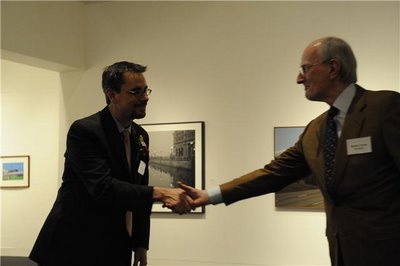 How can you do that?
How can you do that?It’s all fund-raising. Well, with that addition, instead of just looking at it as, oh, we need to tack on a storage building and some offices. Instead of raising $5 or 6 million to do that I’d rather raise $10 million and tie the whole thing together, whatever it’s going to take. The dollar figure is premature at this point. But I’d rather raise more and find a way to tie it together what we have, maximize what we have, solve some of the problems so that we position ourselves for the future and the building and galleries support the program that we want to aspire to. Right now we’ve been sort of fighting our spaces to work toward that. And we can make them work for us. I’m hopeful that we can ramp up that project a little bit. We’re not talking about tearing down what we have and redoing it. We’re talking about finding ways to tie together what we have and expand on it and then solve some of the problems in the short term and really fix this up. Hopefully that’s a project that’s just a couple years out. We’re doing to start with the fundraising that, revive the capital campaign. I’d like to see that happening in the next five years.
What about the website?We’re working on a short-term revamp of the website which will hopefully be up this summer. Right now our website’s completely disconnected from any of our back of house systems. So you can’t buy a ticket on the website. You can’t really shop in the shop on the website. You can’t do anything on the website other than it’s still in the 1980s brochure on the web mode. So in the short term we’re revamping it and it’s going to tie into our back of house systems. So students can register for courses, you can maybe buy some stuff in the shop, you can buy tickets to an event or a concert, Art in the Park tickets, stuff like that. And a little minor refreshing of the design. We’re starting the process of looking at our strategic plan, which is going to involve also our identity. All this is going to tie together – our long-term strategic plan, the programming and out, our identity, meaning both our graphics but also what is our core identity and how’s that manifest itself in our printed material, our website, our art. Does the website become a nexus or a locus for information about New England art, a portal to New England if you’re an artist or collector? How do we use our historic collection on the web to do interesting things? That’s going to be a longer term process, now you’re looking at a six figure revamp of the site. Again something that’s going to have to be planned out and then fund-raised for.
Tell me about your 1999 New York University master’s “Disney and Museums: Simulacra, Education and a Blueprint for Competition” and how that fits in here.At the time it was kind of controversial topic and that did not engender favor amongst the academics at NYU. But I think it’s actually proven itself as a topic, because ultimately museums are in competition with other entertainments. And I hesitate to use that word, but to a certain degree we’re providing an experience, we’re providing something that’s supposed to be engaging and people want to have it mean something to them or have a social experience. They want to come together as a family or with a friend. It’s about an experiential learning environment. That’s what museums do. That thesis was really looking at what museums could learn from places like Disney World or themed entertainments, everything from Las Vegas and the idea that people now are not so interested in actual authenticity anymore.
What we’re about is authenticity. We’re the real deal, the real object. We’re trying to provide a cultural experience. How do you exist in a society where people are going to the Paris hotel at Las Vegas and eating omelets served by waiters in berets? How do we relate in that world? What is our place in that world? And ultimately – and not surprising in a way – the argument I made there is that we can’t win by becoming entertainments, by watering down or dumbing down what we do, or attempting to program to the lowest common denominator. What we need to do is provide the strongest experience. We need the best artists, the best art, the strongest identity we can provide but then making it accessible to people in a way that’s meaningful. So it’s that relationship between high quality and challenging art and really accessible educational services and programming. Finding a way to make something that may be really difficult and challenging meaningful to someone. … I think DeCordova is actually really well positioned to do that. Because I think we’re strong with families, we’re strong with being known as an unpretentious place for art. But I think that’s come to some degree because we haven’t presented always the most challenging work. And so my goal is to find a way to present really challenging, strong work, but maintain that identity as a really unpretentious accessible place.
Pictured from top to bottom: Dennis Kois with his wife, Stacey Schmidt and DeCordova board chairman Robert Scott; Kois; and Kois and Scott. Photos courtesy of DeCordova.





